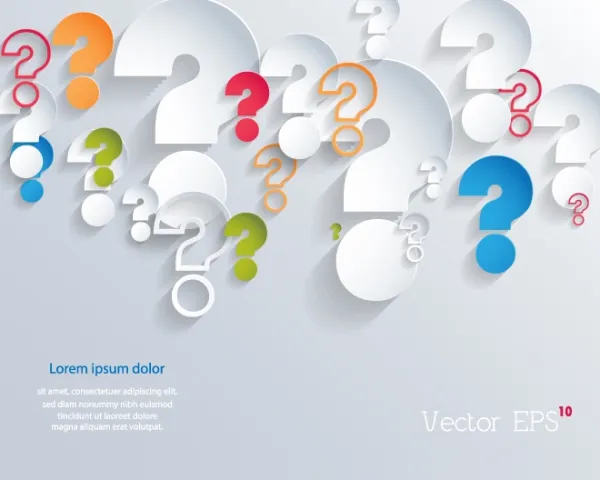Master Laceration Repair in the ED with These 3 Coding FAQs

Know when to add repair lengths together — and when you shouldn’t. Laceration closures are done every day in emergency departments across the nation. But coders are often flummoxed by how to code the treatment, which is determined by depth, length, and location of the repairs. To quell that confusion, we’ve put together three of the most commonly-submitted questions on this topic, and included expert answers on how to code these services. FAQ 1: Know How to Report Multiple Repairs It happens from time to time — you see a patient whose injury is so extensive that it involves multiple lacerations, all of which require repair. Knowing how to code multiple repairs is essential to ED coding, and things only get more complicated when you need to involve a modifier. Here’s the lowdown: You should report a single code for multiple lacerations requiring the same complexity of repair on body areas that are in the same CPT® code group, explains Marcella Bucknam, CPC, CPC-I, CCS-P, CPC-H, CCS, CPC-P, COBGC, CCC, internal audit manager with PeaceHealth in Vancouver, Washington. Add the repair lengths together and report the multiple lacerations “as though they are the same single laceration,” explains Bucknam. “This includes the ‘branches’ of a stellate wound that requires closure in multiple different lines — you would measure and add together each stellate ‘arm.’” Example: A patient reports with three simple lacerations: a 3-cm cut on his scalp; a 1 cm cut at the base of his neck; and a 2.1 cm cut on the back of his neck. For this encounter, you would report 12002 (Simple repair of superficial wounds of scalp, neck, axillae, external genitalia, trunk and/or extremities [including hands and feet]; 2.6 cm to 7.5 cm) for all three laceration repairs. When a patient suffers from multiple lacerations requiring different repair complexity, or that are in body areas that CPT® doesn’t group together, you should report the codes separately. Example: A patient reports with three lacerations: an intermediate 3 cm cut on his left ear; a simple 5 cm cut on the left side of his face; and an intermediate 2 cm cut on his right hand. The pediatrician closes all the wounds using sutures and without complications. For this claim, you would report: Modifier alert: Rules vary on modifier 59 for these encounters. When you are submitting claims with multiple laceration repair codes, “many payers want modifier 59 added to indicate that there were separate wounds that should not be added together,” Bucknam explains. “Although that might seem redundant since the codes would indicate different location or different complexity of repair.” FAQ 2: Break Simple Repairs Down by Anatomy When you’re reporting a simple laceration repair, you’ll have to discover details in the claim that lead you to the length and anatomical area of the repair, since CPT® divides simple laceration repair into two categories: Consider this example: The physician closes one laceration on a patient’s forehead using sutures. The repair length is 2 cm, and notes indicate that the physician placed four sutures after minimal cleaning. For this encounter, you’ll likely report 12011 for the wound repair with S01.81XA (Laceration without foreign body of other part of head, initial encounter) appended to represent the patient’s condition. FAQ 3: Keep the “0” Day Global Period in Mind The global surgical period for simple laceration repairs is currently set at zero days, so if you perform a follow-up visit for a wound check and suture removal, that is not included in the payment for suturing, stapling or using tissue adhesives on superficial wounds without deeper damage Therefore, if an emergency department patient returns to the ED where the sutures were placed to have them removed ten days later, you can report an ED visit code (99281-99285) for the encounter.

.jpg)


